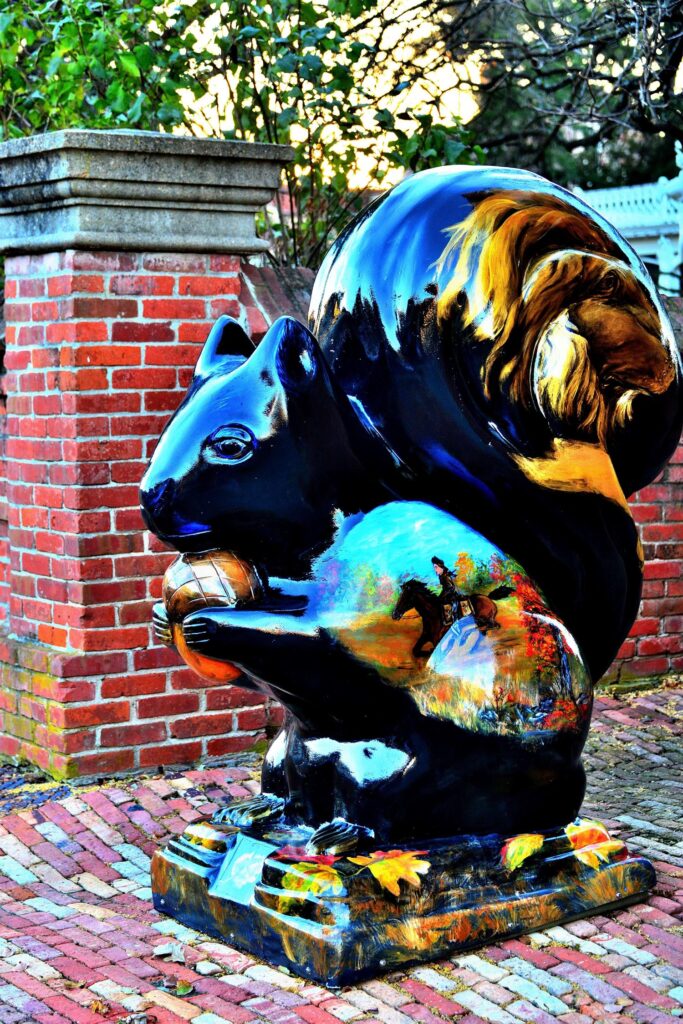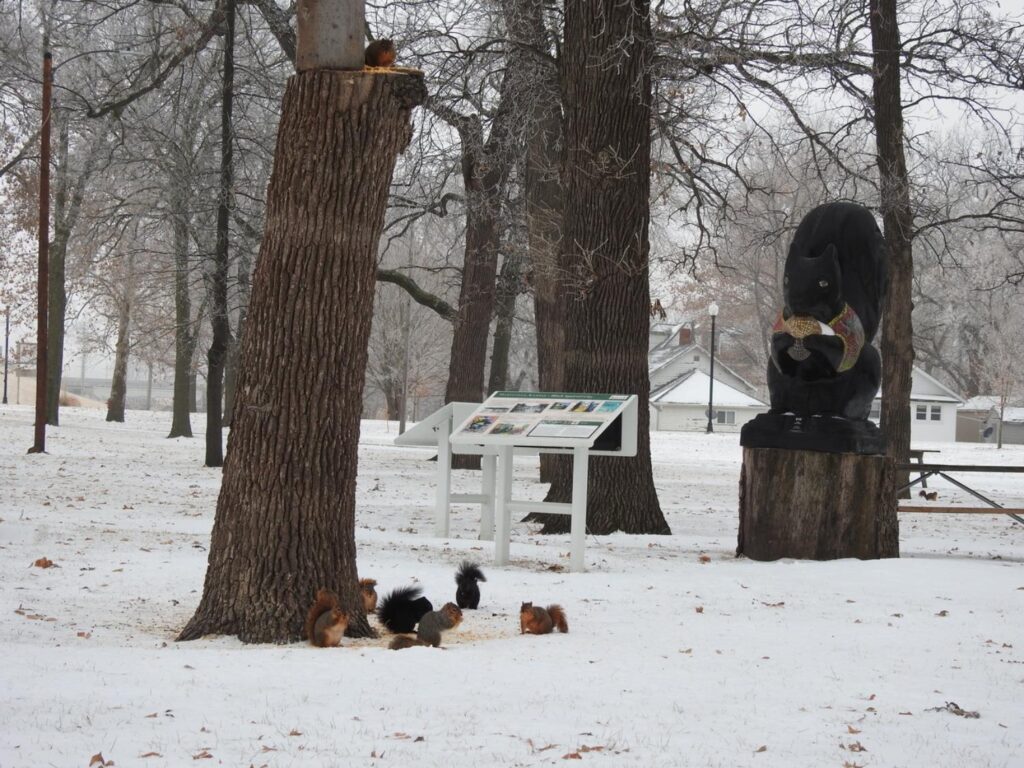Marysville History
Featured Timeline
Full History Timeline
1852
Marysville Founded
1854
Marysville Named
1860
Koester Family Arrived
1861
Pony Express Arrived
1862
First Courthouse
1871
First Train
1873
Marshall County Courthouse
1880
Hutchinson Mill and Dam
1852
Marysville Founded
Frank Marshall established a trading post and ferry, laying the foundation for Marysville's historic beginnings.
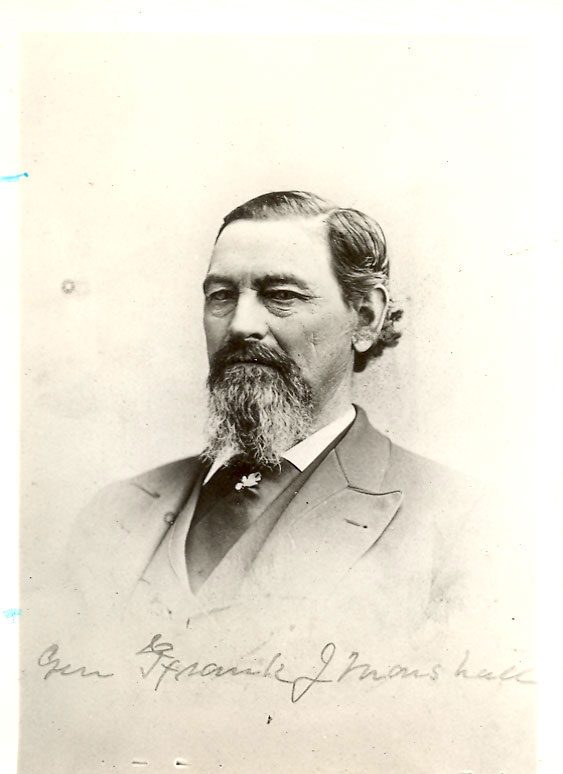
1854
Marysville Named
Marysville is named in honor of Frank Marshall's wife, Mary, reflecting her enduring legacy in the town's history.
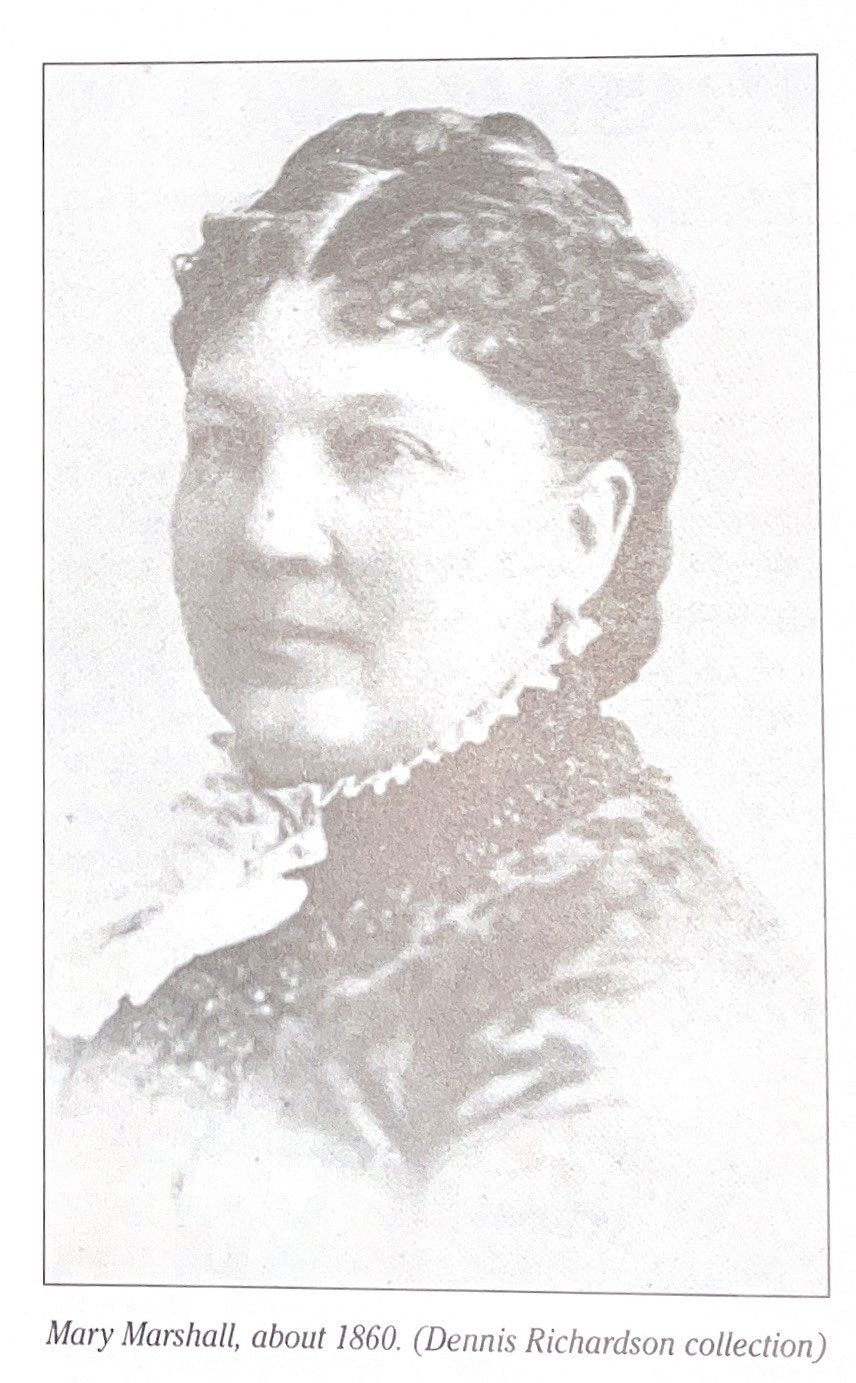
1860
Koester Family Arrived
The Koester family arrived in Marysville, becoming an integral part of the town's history.

1861
Pony Express Arrived
The Pony Express thundered into town, delivering mail and excitement to Marysville. Its riders and relay stations became a vital link in America’s westward expansion.
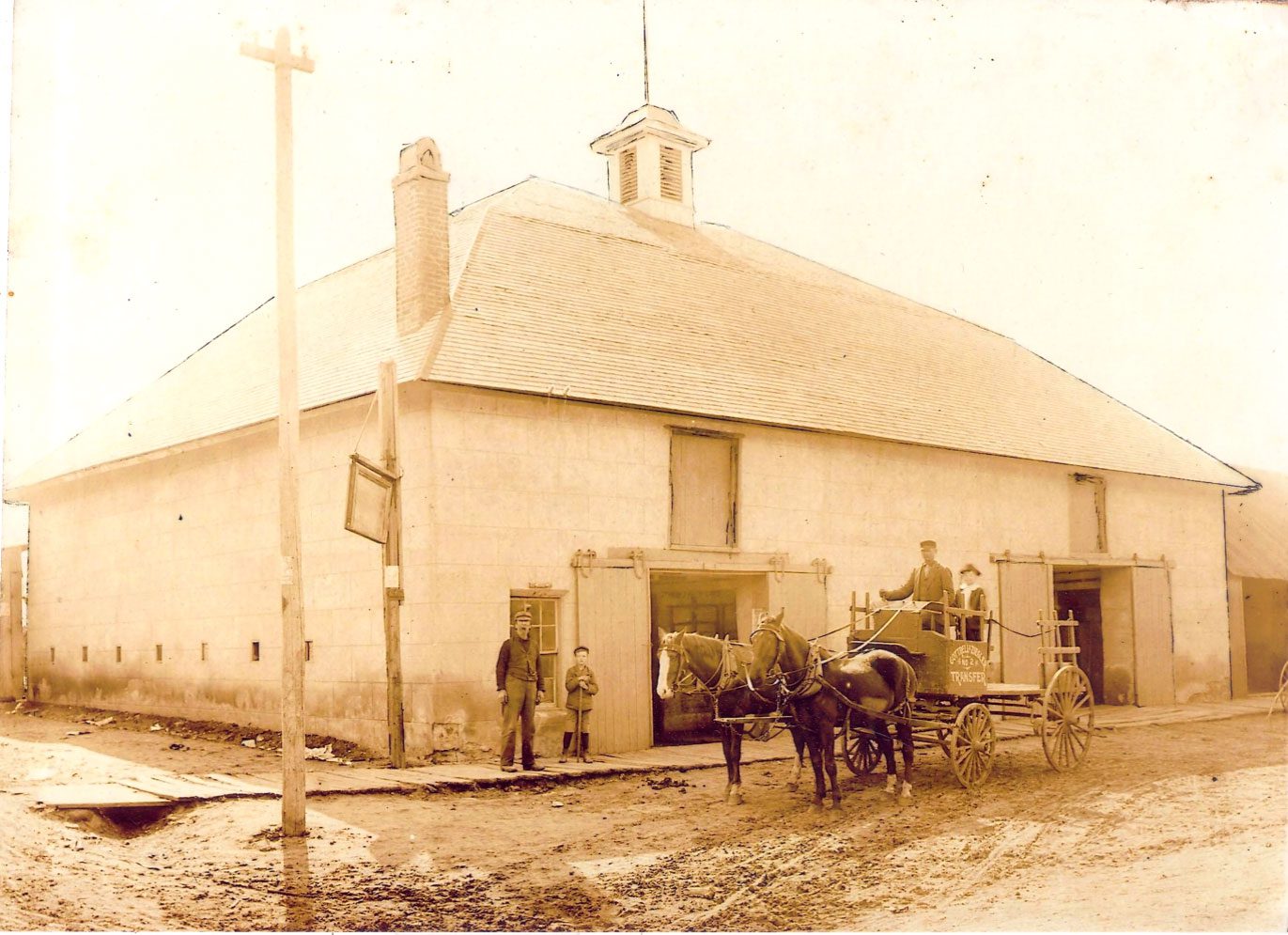
1862
First Courthouse
The first courthouse was moved into Marysville, marking a milestone in the town's development as a county seat.

1871
First Train
The first train rolled into Marysville, ushering in a new era of growth and connectivity.
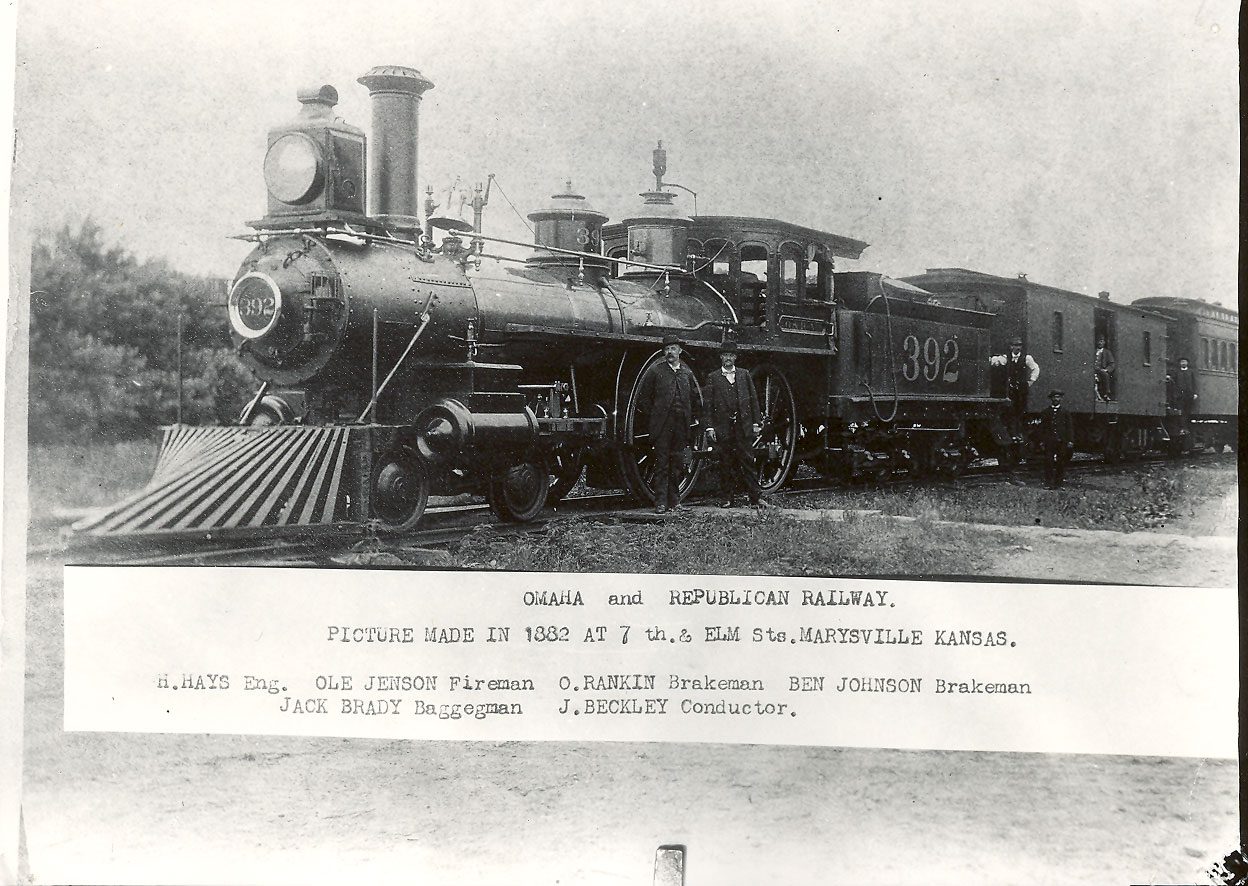
1873
Marshall County Courthouse
As Marshall County expanded, a larger courthouse was built in 1873 to meet the needs of the growing population.

1880
Hutchinson Mill and Dam
The Hutchinson Mill and Dam were constructed, fueling Marysville's early industry and economic growth.
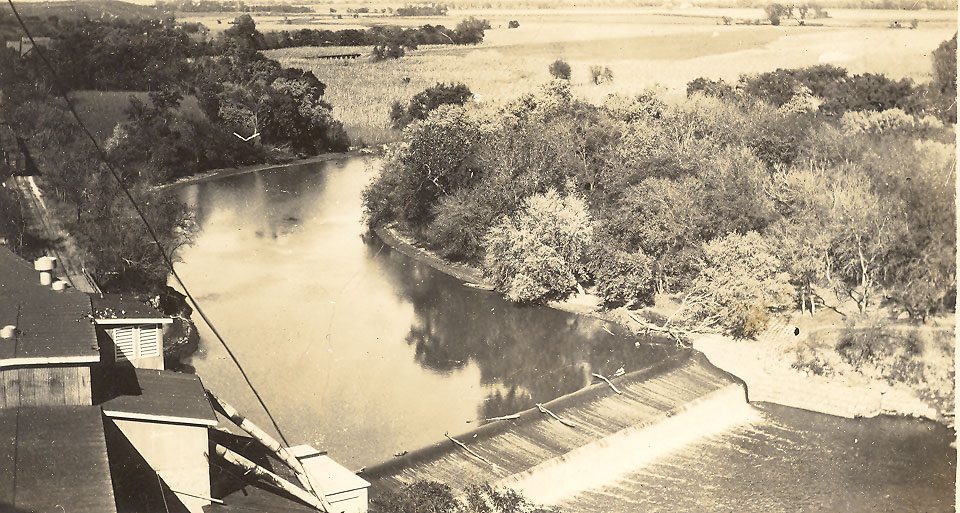
1852
Marysville Founded
1852
Marysville Founded
Frank Marshall established a trading post and ferry, laying the foundation for Marysville's historic beginnings.

1854
Marysville Named
1854
Marysville Named
Marysville is named in honor of Frank Marshall's wife, Mary, reflecting her enduring legacy in the town's history.

1860
Koester Family Arrived
1860
Koester Family Arrived
The Koester family arrived in Marysville, becoming an integral part of the town's history.

1861
Pony Express Arrived
1861
Pony Express Arrived
The Pony Express thundered into town, delivering mail and excitement to Marysville. Its riders and relay stations became a vital link in America’s westward expansion.

1862
First Courthouse
1862
First Courthouse
The first courthouse was moved into Marysville, marking a milestone in the town's development as a county seat.

1871
First Train
1871
First Train
The first train rolled into Marysville, ushering in a new era of growth and connectivity.

1873
Marshall County Courthouse
1873
Marshall County Courthouse
As Marshall County expanded, a larger courthouse was built in 1873 to meet the needs of the growing population.

1880
Hutchinson Mill and Dam
1880
Hutchinson Mill and Dam
The Hutchinson Mill and Dam were constructed, fueling Marysville's early industry and economic growth.

1890
Courthouse Fire
1891
Courthouse Rebuilding
1894
Blue Valley Creamery
1900
Marshall County Fair
1910
Bustling Broadway
1915
The Modern Era
1917
World War I
1925
Liberty Theatre
1890
Courthouse Fire
The second courthouse burned to the ground under mysterious circumstances, leaving behind unanswered questions and a pivotal moment in Marysville's history.
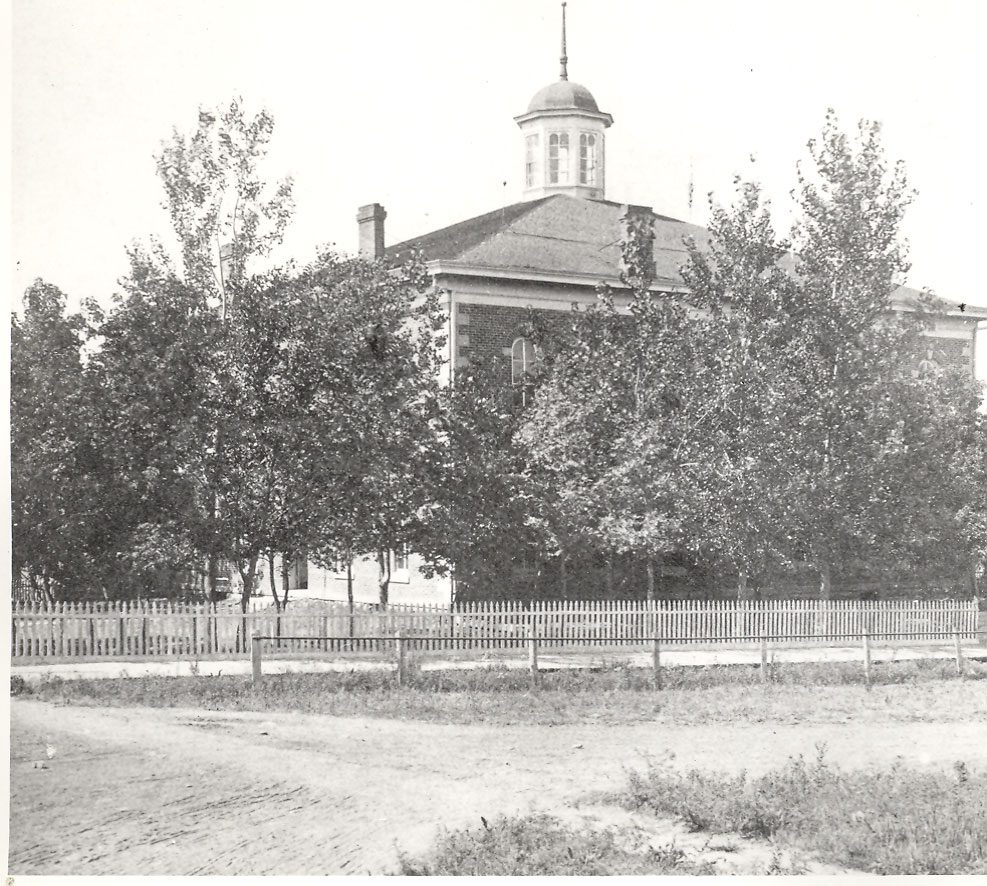
1891
Courthouse Rebuilding
Construction began on a new courthouse. It served as the county’s courthouse for nearly 90 years until a modern facility was built next door.
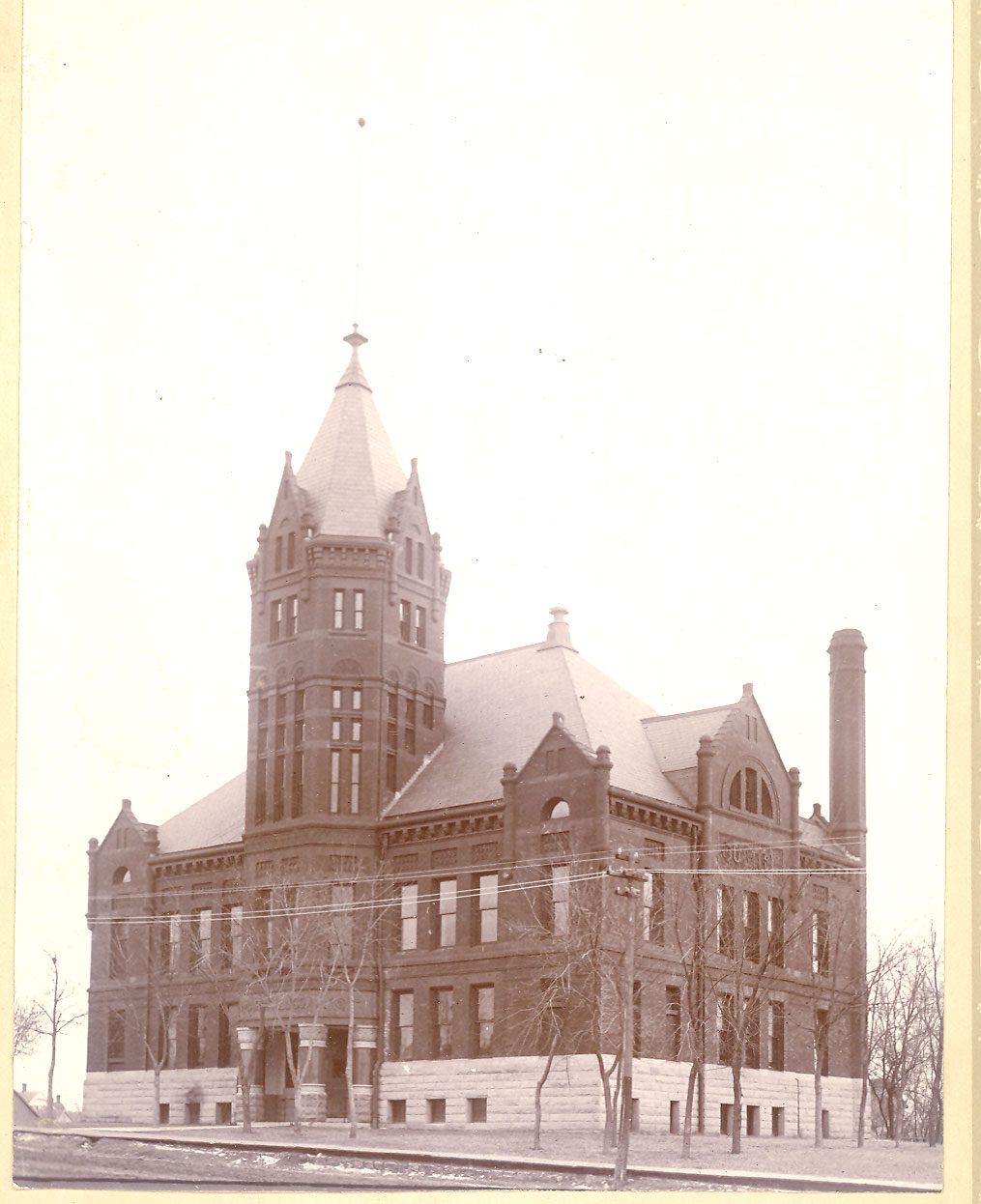
1894
Blue Valley Creamery
The Blue Valley Creamery, located in the southwest part of Marysville, played a vital role in the town's dairy industry.
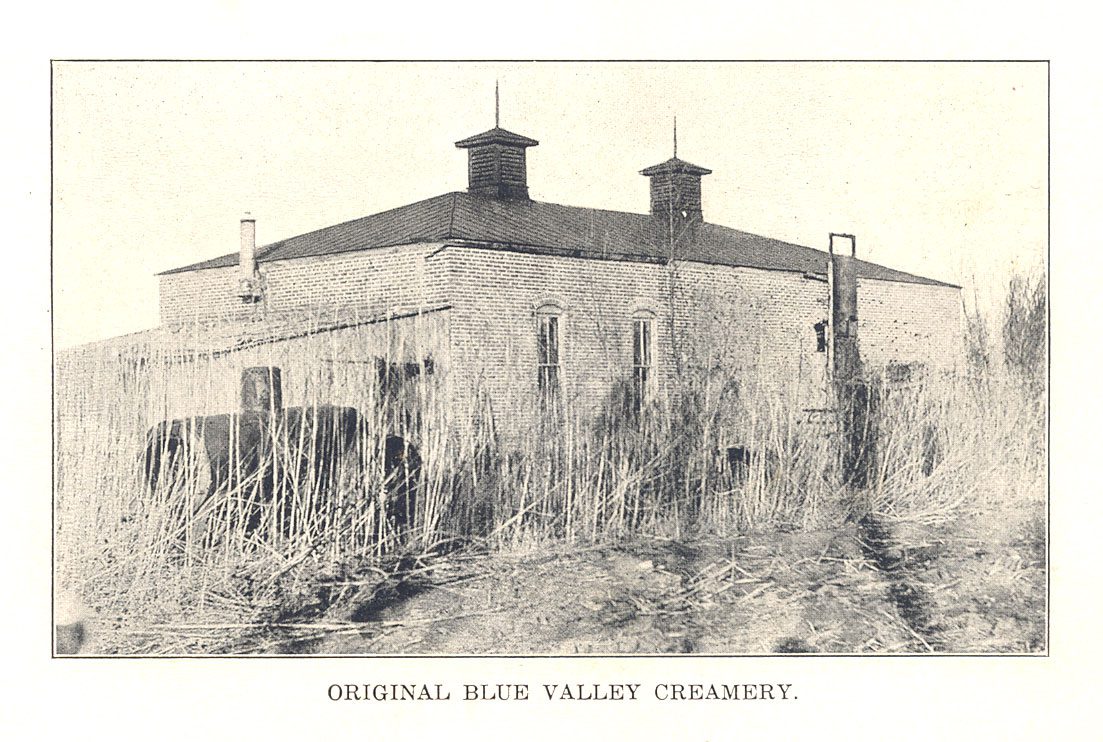
1900
Marshall County Fair
The Marshall County Fair's circus parade brought excitement to Marysville, delighting residents of all ages.

1910
Bustling Broadway
Draheim's Dry Goods at 801 Broadway and White Bros. Grocery at 805-807 Broadway were bustling cornerstones of commerce in downtown.
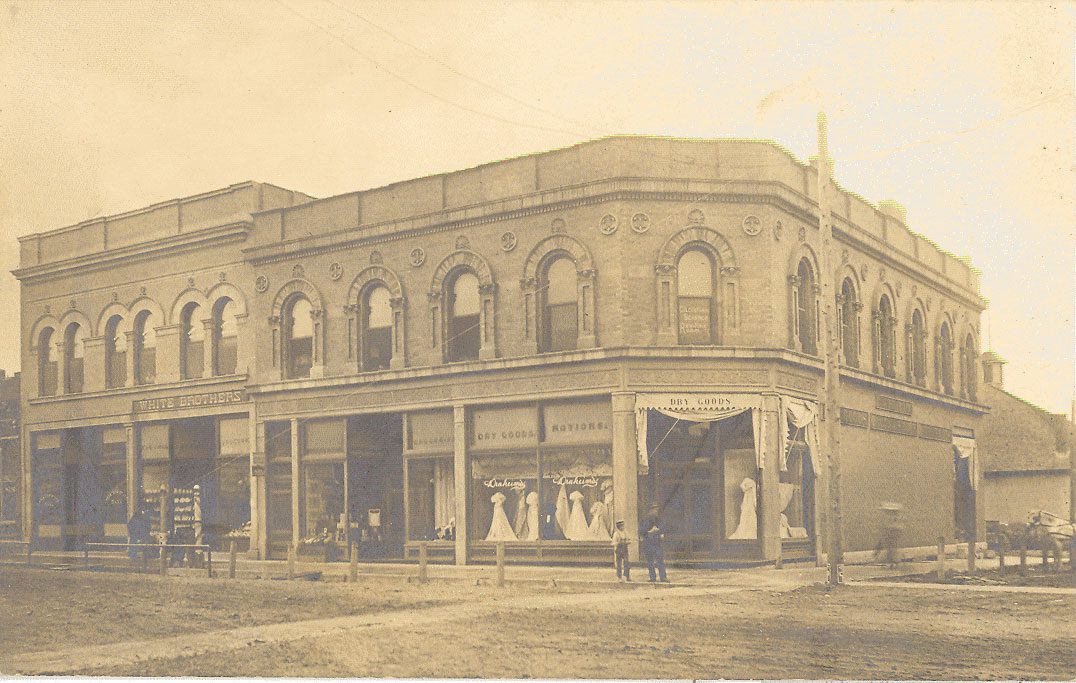
1915
The Modern Era
In 1915, downtown Marysville reflected a town in transition—horse-drawn wagons had largely given way to automobiles, signaling a shift into the modern era.
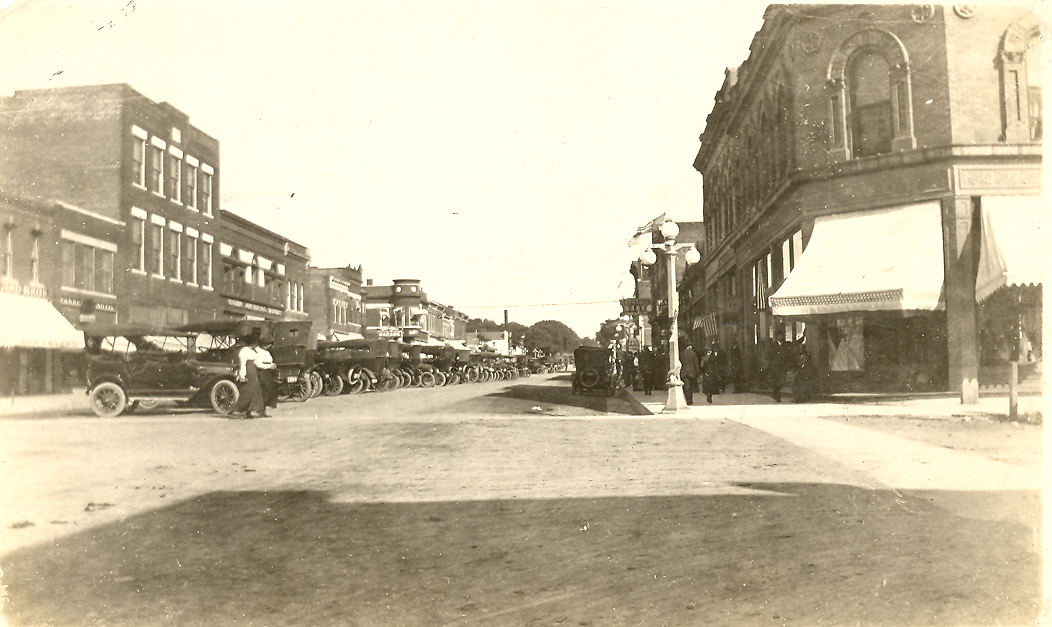
1917
World War I
Marshall County draftees made their way to the train station, bound for Fort Riley. This moment reflected both the patriotism and sacrifice that defined the era.
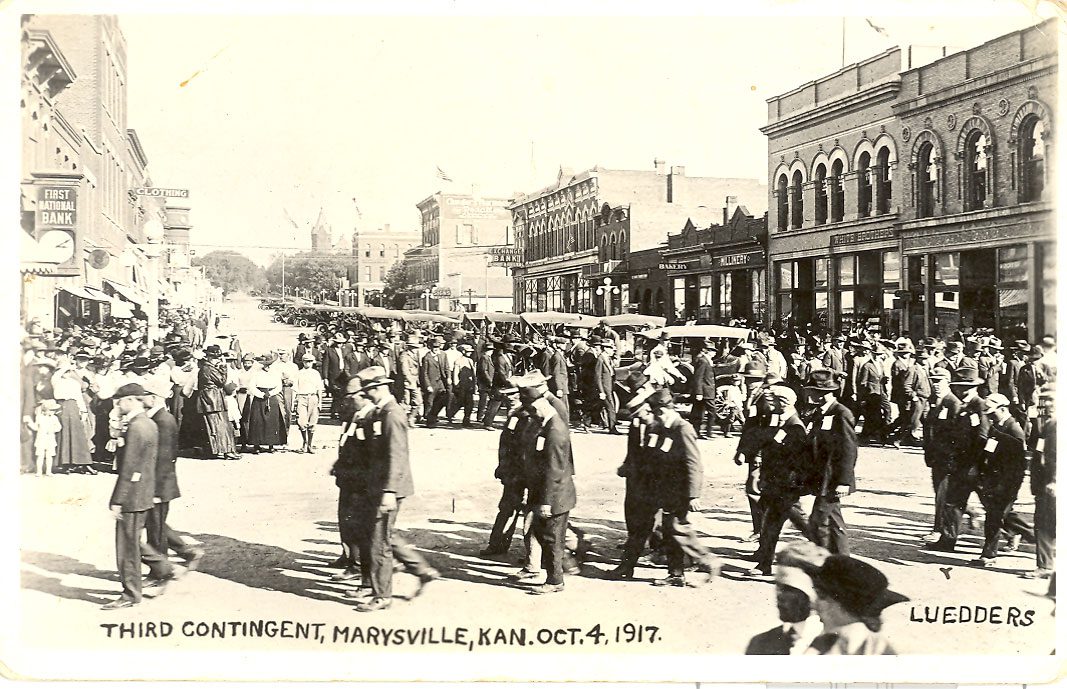
1925
Liberty Theatre
Opened in 1920, the Liberty Theatre was a grand and elegant presence in downtown, seating over 1,000 guests and offering the latest silent films.
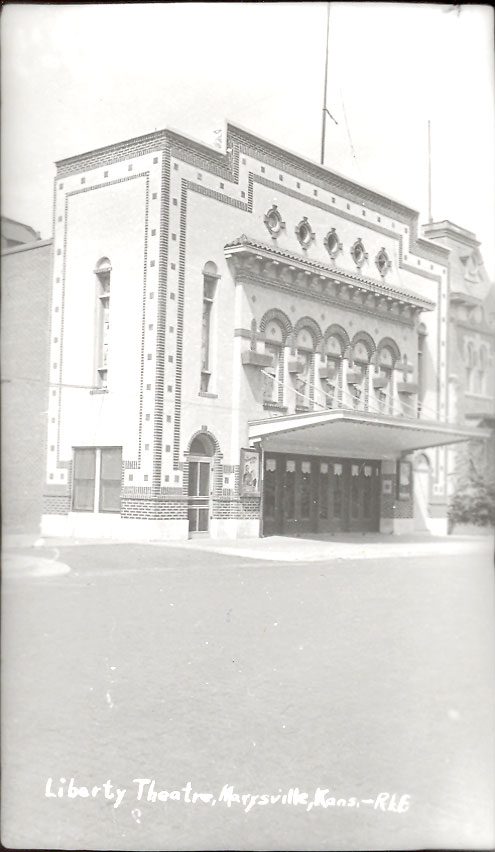
1890
Courthouse Fire
1890
Courthouse Fire
The second courthouse burned to the ground under mysterious circumstances, leaving behind unanswered questions and a pivotal moment in Marysville's history.

1891
Courthouse Rebuilding
1891
Courthouse Rebuilding
Construction began on a new courthouse. It served as the county’s courthouse for nearly 90 years until a modern facility was built next door.

1894
Blue Valley Creamery
1894
Blue Valley Creamery
The Blue Valley Creamery, located in the southwest part of Marysville, played a vital role in the town's dairy industry.

1900
Marshall County Fair
1900
Marshall County Fair
The Marshall County Fair's circus parade brought excitement to Marysville, delighting residents of all ages.

1910
Bustling Broadway
1910
Bustling Broadway
Draheim's Dry Goods at 801 Broadway and White Bros. Grocery at 805-807 Broadway were bustling cornerstones of commerce in downtown.

1915
The Modern Era
1915
The Modern Era
In 1915, downtown Marysville reflected a town in transition—horse-drawn wagons had largely given way to automobiles, signaling a shift into the modern era.

1917
World War I
1917
World War I
Marshall County draftees made their way to the train station, bound for Fort Riley. This moment reflected both the patriotism and sacrifice that defined the era.

1925
Liberty Theatre
1925
Liberty Theatre
Opened in 1920, the Liberty Theatre was a grand and elegant presence in downtown, seating over 1,000 guests and offering the latest silent films.

1930
Labor Day Parade
1935
Governor Landoll Visit
1939
Flooding on 10th Street
1940
Union Pacific Depot
1943
The War Effort
1944
Imes-Dague Motor Company
1954
Water Tower
1954
Exchange Bank
1930
Labor Day Parade
Marysville’s Labor Day parades were vibrant community celebrations that reflected the town’s early ties to the labor movement.

1935
Governor Landoll Visit
Kansas Governor Alf Landon visited Marysville to celebrate the town’s role in Pony Express history.

1939
Flooding on 10th Street
In 1939, flooding along 10th Street in Marysville caused some disruption after heavy rains and rising water from the Big Blue River.

1940
Union Pacific Depot
Marysville’s Union Pacific Depot was a vital link between the town and the wider world. Trains carried passengers and freight in and out of the community daily.
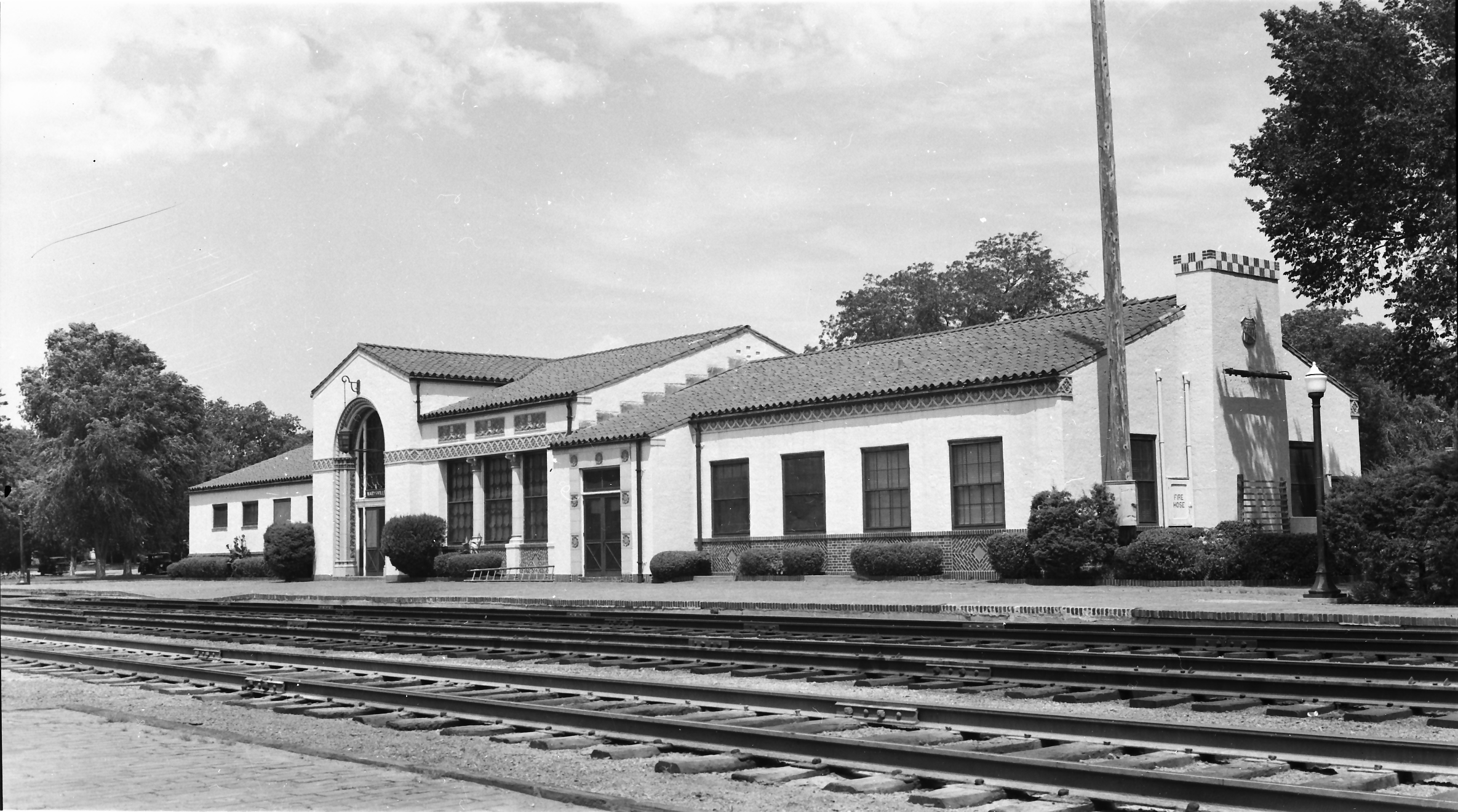
1943
The War Effort
With many local men away in military service, women took on critical roles at the Armour Creamery on North 6th Street as part of the World War II home front effort.

1944
Imes-Dague Motor Company
Imes-Dague Motor Company operated at 9th and Center, serving as a hub for automotive sales and service in Marysville.

1954
Water Tower
Marysville's water tower was built, standing tall as a landmark of the town's development.
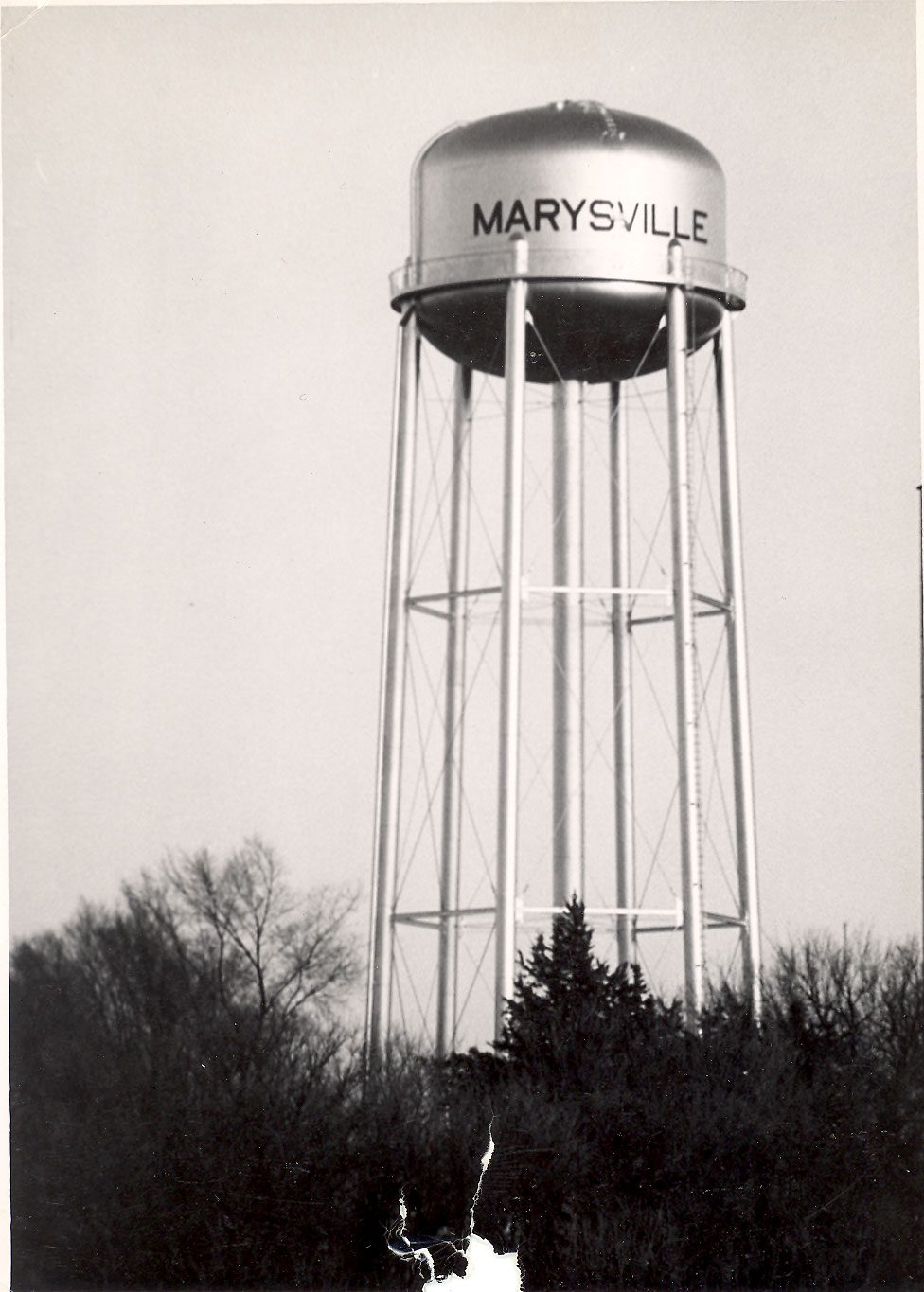
1954
Exchange Bank
Founded in 1870 by Frank Schmidt and Charles F. Koester, a photo captures the Exchange Bank just before it was torn down and rebuilt.
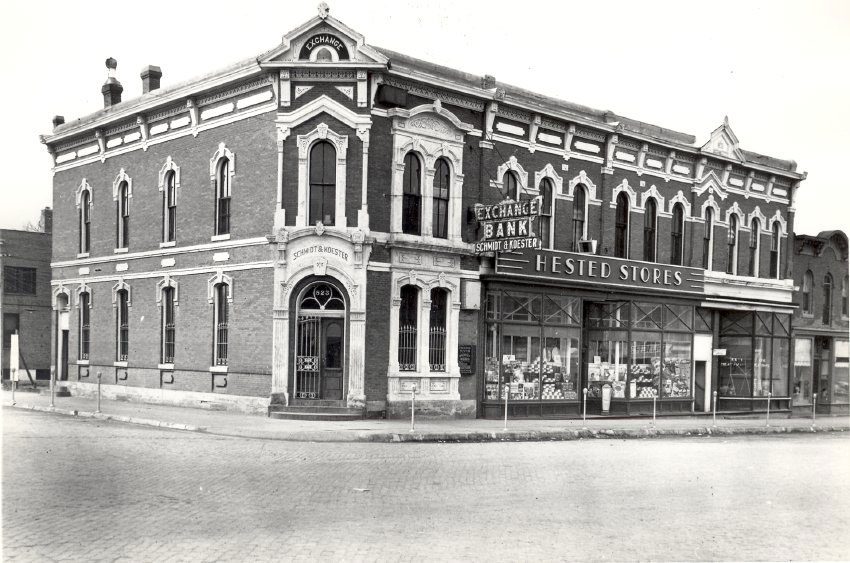
1930
Labor Day Parade
1930
Labor Day Parade
Marysville’s Labor Day parades were vibrant community celebrations that reflected the town’s early ties to the labor movement.

1935
Governor Landoll Visit
1935
Governor Landoll Visit
Kansas Governor Alf Landon visited Marysville to celebrate the town’s role in Pony Express history.

1939
Flooding on 10th Street
1939
Flooding on 10th Street
In 1939, flooding along 10th Street in Marysville caused some disruption after heavy rains and rising water from the Big Blue River.

1940
Union Pacific Depot
1940
Union Pacific Depot
Marysville’s Union Pacific Depot was a vital link between the town and the wider world. Trains carried passengers and freight in and out of the community daily.

1943
The War Effort
1943
The War Effort
With many local men away in military service, women took on critical roles at the Armour Creamery on North 6th Street as part of the World War II home front effort.

1944
Imes-Dague Motor Company
1944
Imes-Dague Motor Company
Imes-Dague Motor Company operated at 9th and Center, serving as a hub for automotive sales and service in Marysville.

1954
Water Tower
1954
Water Tower
Marysville's water tower was built, standing tall as a landmark of the town's development.

1954
Exchange Bank
1954
Exchange Bank
Founded in 1870 by Frank Schmidt and Charles F. Koester, a photo captures the Exchange Bank just before it was torn down and rebuilt.

1963
Landoll Company
1965
Economic Vitality
1970
Tension Corporation
1970
Highway 36 Expansion
1972
Black Squirrel City
1985
Pony Express Statue
2000
Main Street Program
2015
Black Squirrels on Parade
1963
Landoll Company
The Landoll Company was founded, becoming a cornerstone of Marysville’s economy and a leader in innovation and manufacturing.
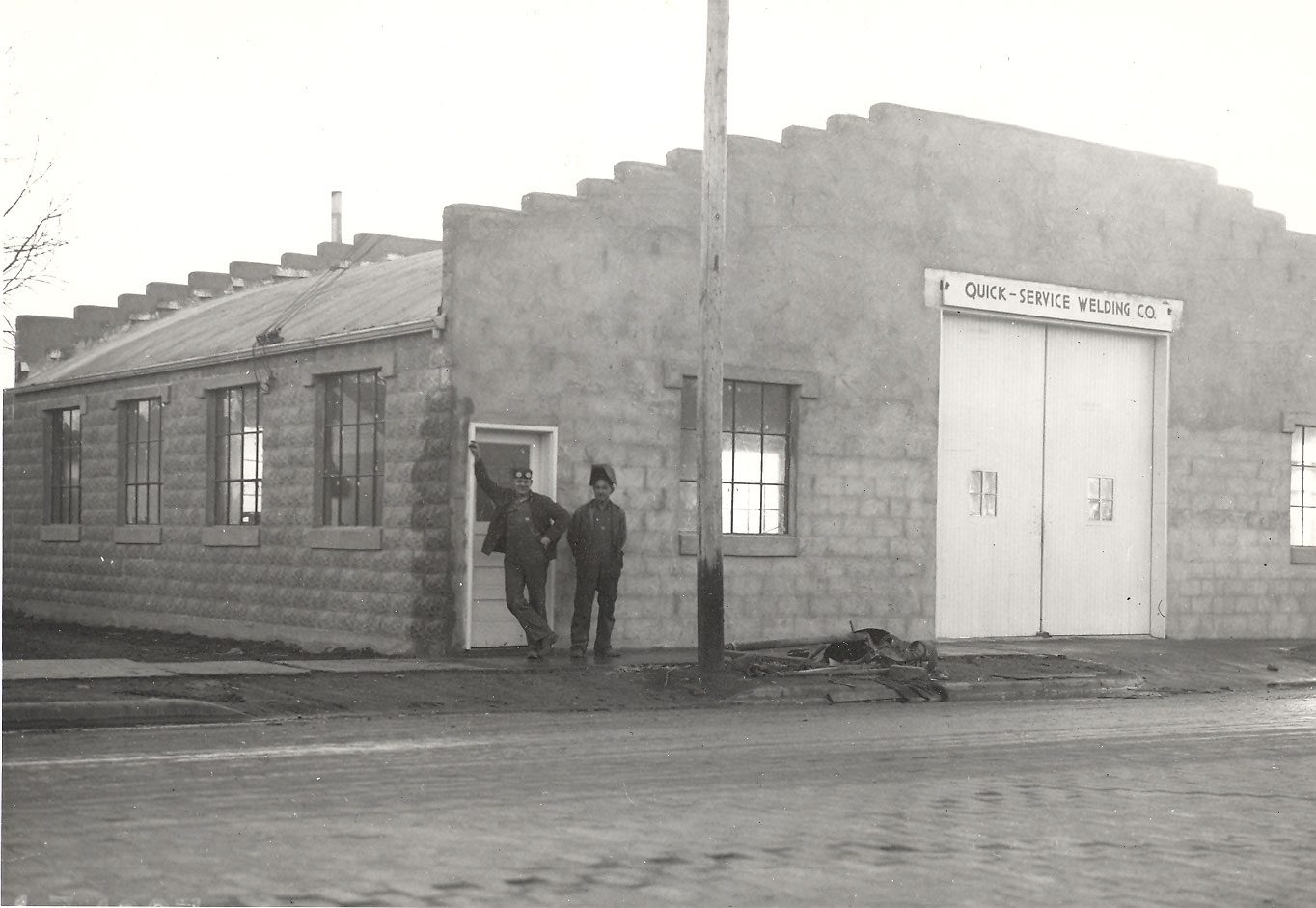
1965
Economic Vitality
Marysville's downtown reflected a community embracing both its rich heritage and the promise of progress. Many local enterprises were contributing to the town's economic vitality.

1970
Tension Corporation
Tension opened its plant in Marysville, strengthening the town's industrial growth and providing new opportunities.
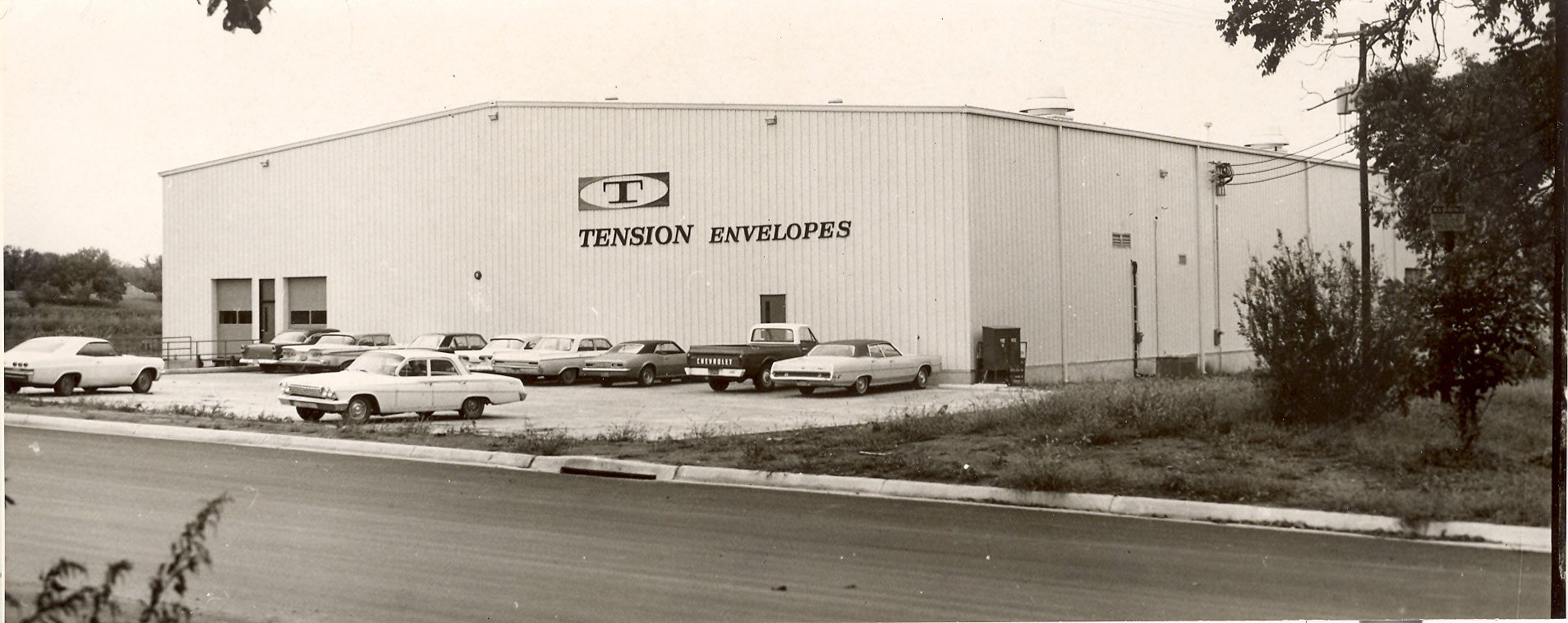
1970
Highway 36 Expansion
Highway 36 was expanded to four lanes west of Marysville, improving transportation and boosting regional connectivity.
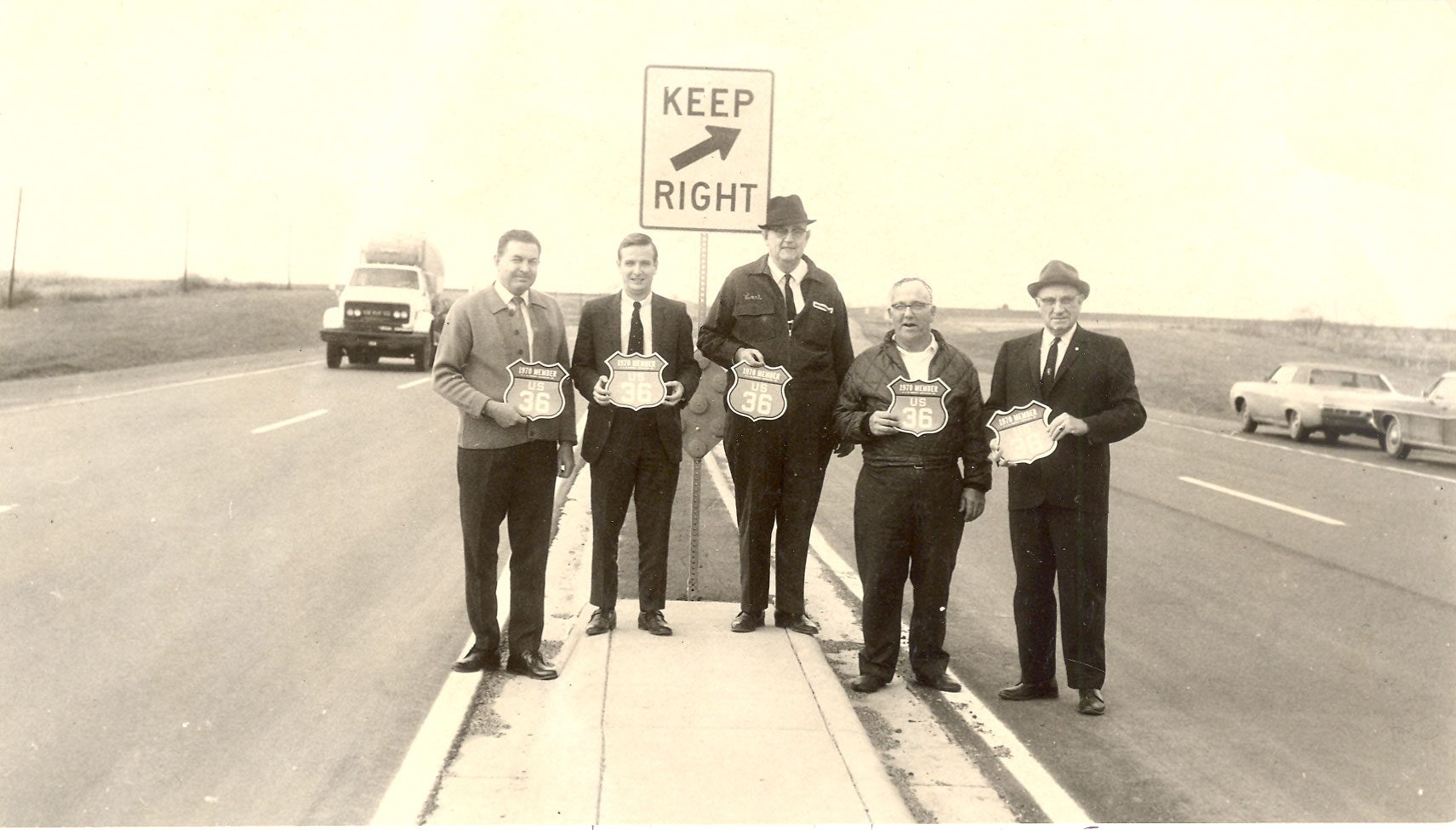
1972
Black Squirrel City
Marysville officially became Black Squirrel City, thanks to a grassroots idea sparked during a 1969 vacation by resident Bill Strange.
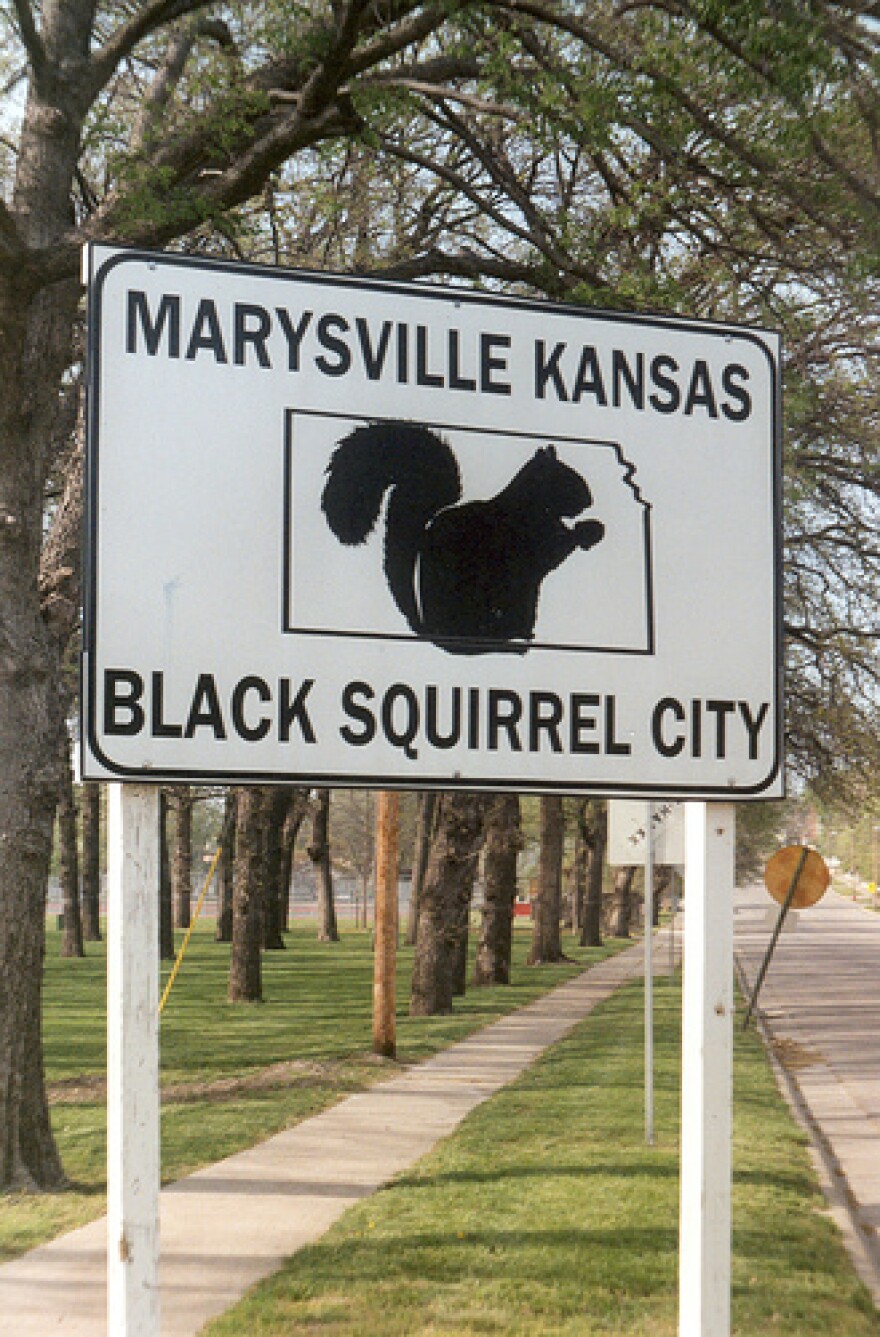
1985
Pony Express Statue
The Pony Express statue arrived in Marysville, honoring the town's pivotal role in this legendary chapter of American history.

2000
Main Street Program
Marysville launched its Main Street program, joining a national movement focused on revitalizing historic downtowns through community-driven development.

2015
Black Squirrels on Parade
Marysville’s tourism committee launched the “Black Squirrels on Parade” project. Twenty-one statues were installed by 2016, with more added as demand grew.

1963
Landoll Company
1963
Landoll Company
The Landoll Company was founded, becoming a cornerstone of Marysville’s economy and a leader in innovation and manufacturing.

1965
Economic Vitality
1965
Economic Vitality
Marysville's downtown reflected a community embracing both its rich heritage and the promise of progress. Many local enterprises were contributing to the town's economic vitality.

1970
Tension Corporation
1970
Tension Corporation
Tension opened its plant in Marysville, strengthening the town's industrial growth and providing new opportunities.

1970
Highway 36 Expansion
1970
Highway 36 Expansion
Highway 36 was expanded to four lanes west of Marysville, improving transportation and boosting regional connectivity.

1972
Black Squirrel City
1972
Black Squirrel City
Marysville officially became Black Squirrel City, thanks to a grassroots idea sparked during a 1969 vacation by resident Bill Strange.

1985
Pony Express Statue
1985
Pony Express Statue
The Pony Express statue arrived in Marysville, honoring the town's pivotal role in this legendary chapter of American history.

2000
Main Street Program
2000
Main Street Program
Marysville launched its Main Street program, joining a national movement focused on revitalizing historic downtowns through community-driven development.

2015
Black Squirrels on Parade
2015
Black Squirrels on Parade
Marysville’s tourism committee launched the “Black Squirrels on Parade” project. Twenty-one statues were installed by 2016, with more added as demand grew.

